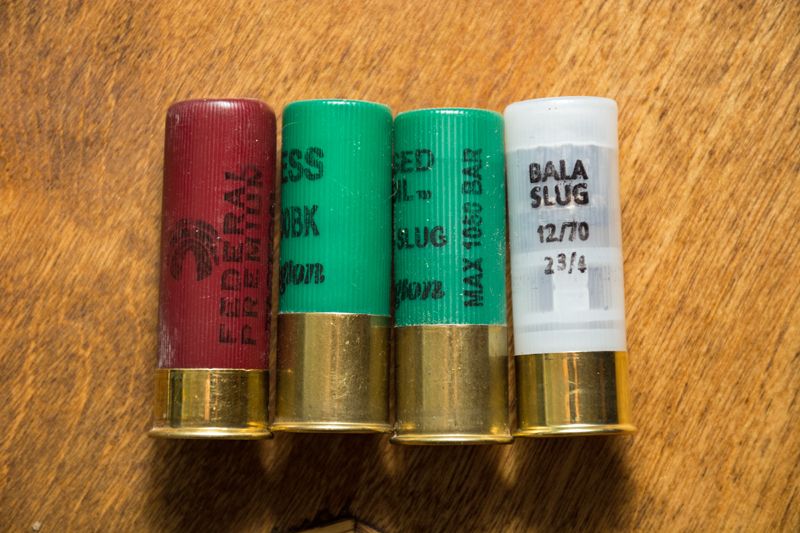As long as you're correcting the use of generalities like "bird shot", we should correct all of them. Yes, "bird" shot can be anything from #12 to #2 depending on the bird being hunted. So, it's important to be precise.
Along with that, the term "high brass" has no meaning. Look at this pic:

In this image we have 4 shot shells. The two on the left are 00 Buck and the two on the right are slugs. If you're thinking the "high" brass would have more punch/power, you'd be wrong. In fact, the most powerful of these 4 is the one on the left which has the lowest bras and the highest velocity, 1325FPS. The least powerful are the two on the right which are reduced recoil. Both have a velocity of 1200FPS even though one is high brass and one is medium.
There was a time when high brass meant more power. That is no longer true and should not be used as an indicator. You have to read the box.
Also, the term "dram" should be said as "dram equivalent". Dram is a unit of mass and is almost never used. Dram equivalent means the number of drams of black powder the smokeless powder is equivalent to. Since almost no one uses black powder with shot shells anymore, it's pointless. A better indication of power is velocity used in conjunction with the ejecta mass. So, a 1oz load at 1200FPS is more useful information than 1oz 2 3/4 DR EQ.
Then, if we're really interested in effectiveness, it depends if the shot is buffered or not. Buffered shot will not expand as much as unbuffered shot. In fact, the difference is dramatic. At 40 yards a typical effective pattern diameter is 30". A buffered load at that distance will be half that size.
There's more, but I'll stop here.